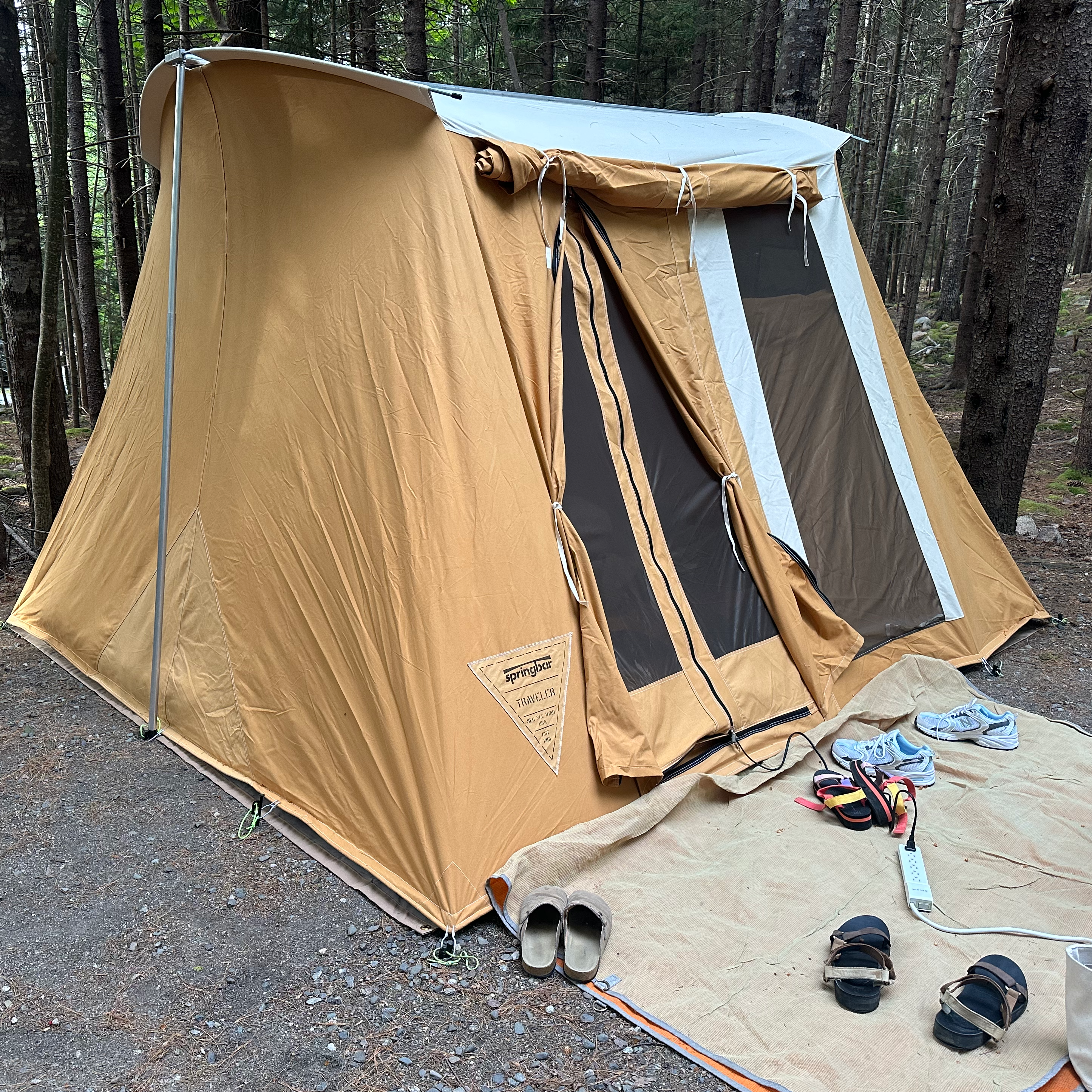Tag: Tent Reviews
-

Springbar Traveler Review
So I bought a spring bar tent. This is one of those big heavy canvas tents. I’d been looking around for reviews, and everything seemed just a little over positive if you know what I mean so I thought I’d do one myself. I bought the Traveler. It is made in the USA, and is…